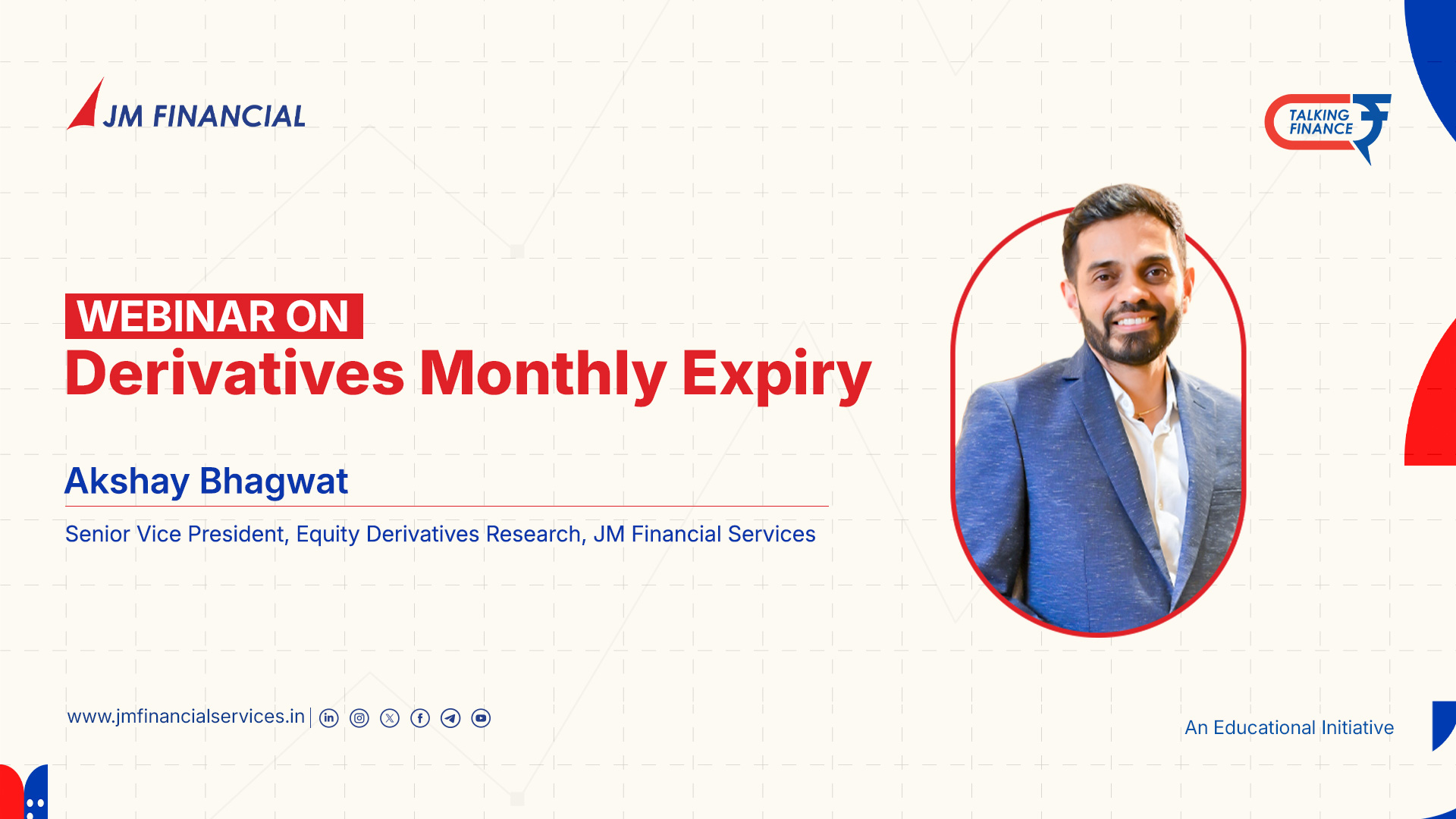Opportunity Risk: Understanding the Cost of Missed Investment Opportunities
Opportunity risk is something every investor should be aware of. Simply put, it’s the risk of missing out on better investment options because your money is tied up somewhere less rewarding. It’s like sticking with an old phone while everyone else upgrades to a new model that’s faster, smarter, and offers more features.
This kind of risk isn't limited to just stocks — it can affect bonds, real estate, and even business investments. And the longer you hold onto an underperforming investment, the bigger the potential opportunity cost.
In this article, let’s dive into what opportunity risk really means, how you can measure it, and smart ways to minimize it — especially if you're investing in the Indian market.
What Exactly Is Opportunity Risk?
Opportunity risk happens when you choose one investment and a better one comes along — but you're stuck. It's the hidden cost of playing it too safe or staying loyal to an underwhelming asset.
A simple example:
Imagine parking your money in a Fixed Deposit (FD) earning 6% interest while the stock market is delivering 12% returns. By sticking with the FD, you’re missing out on an extra 6% growth each year. That’s your opportunity risk.
Another common case: investing in a slow-growing mutual fund for 10 years and watching the broader stock market soar during the same period. It's a classic example of missed potential.
How Do You Measure Opportunity Risk?
There are a couple of straightforward ways:
1. Compare Returns Directly
One way to measure opportunity risk is by comparing what you’re getting versus what you could be getting.
Formula:
Opportunity Risk = (Return from better investment) - (Return from current investment)
Example:
- Mutual fund return: 8%
- Potential stock portfolio return: 15%
- Opportunity Risk = 15% - 8% = 7%
That 7% gap represents the return you missed out on.
2. Use Net Present Value (NPV)
If you want to get a bit more technical, you can use NPV to figure out if your current investment is worth it compared to alternatives.
NPV Formula:
NPV = (Sum of future cash flows discounted at the expected rate of return) – (Initial investment)
If your NPV turns out negative, it’s a sign you might want to rethink where your money is parked.
Different Types of Opportunity Risks
Opportunity risk can show up in different ways:
- Interest Rate Risk:
Keeping money in a low-interest FD when new FDs are offering higher rates. - Market Growth Risk:
Sticking with bonds or savings accounts while the stock market is booming. - Business Innovation Risk:
A company clinging to outdated technology while competitors move ahead with new, more profitable innovations. - Real Estate vs. Financial Markets:
Locking funds into property that barely appreciates while stocks and gold deliver much better returns.
Real-life example:
During the COVID-19 boom, tech stocks exploded in value. Those who had all their money stuck in real estate missed that once-in-a-decade growth wave.
How Can You Reduce Opportunity Risk?
Here are some smart ways to protect yourself:
1. Diversify Your Portfolio
Don’t put all your eggs in one basket. A healthy mix of stocks, bonds, gold, and real estate can help you tap into different opportunities.
Example:
- 50% equities
- 30% bonds
- 20% gold
This setup can soften the blow if one asset underperforms.
2. Actively Rebalance Your Portfolio
Markets change — and so should your investments. Reviewing your portfolio at least once or twice a year can help you shift towards better-performing assets.
3. Focus on Risk-Adjusted Returns
Don’t just chase high returns. Use metrics like the Sharpe Ratio or Alpha to find investments that offer good returns for the level of risk you’re taking.
4. Keep Some Liquidity
Always have some cash or liquid assets on hand. That way, if a great opportunity comes up, you’re ready to jump in without selling investments in a panic.
5. Try Hybrid Investment Options
Balanced funds and dynamic asset allocation funds adjust automatically based on market conditions. They’re a good choice if you prefer a "set-it-and-forget-it" style of investing.
Opportunity Risk in the Indian Context
Here’s how opportunity risk plays out specifically in India:
- Stock Market vs. FDs:
Fixed deposits typically offer 6–7%, but historically, Indian stocks have returned 12–15%. Holding only FDs could mean missing out on serious wealth growth. - Mutual Fund Choices:
Sometimes, actively managed funds underperform simple index funds like Nifty 50 ETFs. Staying too long in a poor-performing fund increases opportunity risk. - Business Models:
Traditional businesses that didn't shift to e-commerce during the boom years lost massive ground to digital-first companies. - Real Estate vs. Financial Assets:
From 2010 to 2023, real estate prices moved up slowly, while the Sensex more than quadrupled. Property investors missed out big time compared to stock investors.
Real-Life Stories of Missed Opportunities
Infosys IPO (1993):
If you had invested ₹1 lakh in Infosys IPO shares in 1993, your investment would be worth ₹35 crore today.
Had you stuck with a ₹1 lakh FD from the same year, you’d have only ₹10–15 lakh now.
Bitcoin (2010):
In 2010, Bitcoin was available for about ₹5 per coin. Fast forward to 2021 — each coin was worth around ₹50 lakh.
Ignoring Bitcoin cost investors the chance to be part of one of the highest-return stories ever.
Final Thoughts
Opportunity risk is real, and it can quietly erode your wealth potential if you're not paying attention. Being mindful of where your money is and how it’s performing compared to other options is crucial for long-term growth.
Stay curious, stay flexible, and make sure your money is always working as hard as possible for you.
- PAN Card
- Cancelled Cheque
- Latest 6 month Bank Statement (Only for Derivatives Trading)





